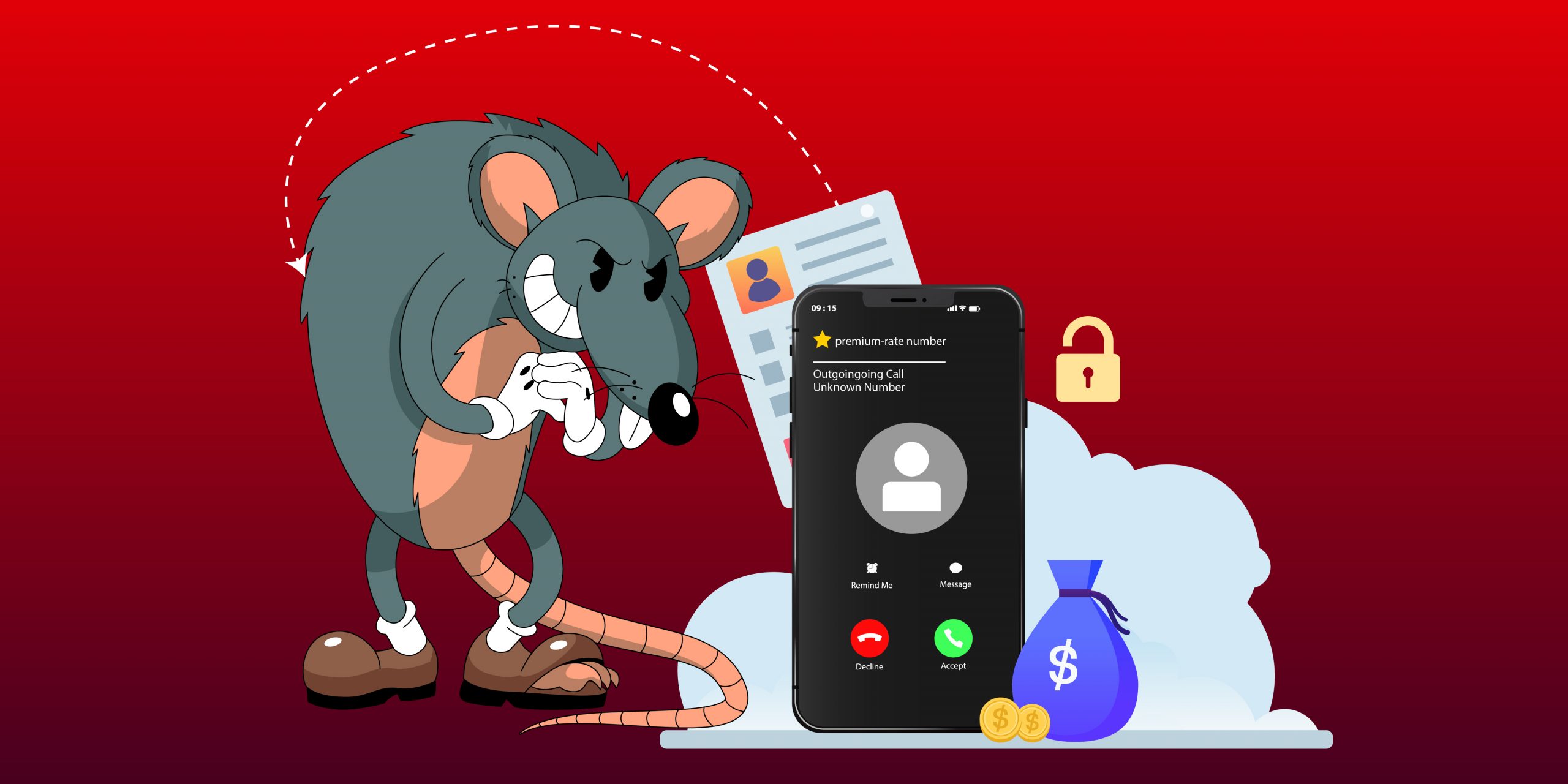The amount of email spam that you receive could be dependent on the first letter of your name, according to a recent study.
Research by the University of Cambridge claims that users with the letters “A”, “M”, “S”, “R” OR “P” are more in need of anti-spam software with as much as 40% of all messages targeted at such addresses being junk.
In comparison just 20% of messages for those addressed beginning with a “Q” or “Z” proved to be spam.
The research, devised by Dr Richard Clayton at the University of Cambridge, set out to determine how spammers distribute emails.
Dr Clayton took as his dataset the 550 million e-mail messages sent to customers of net service Demon between 1 February and 27 March 2008.
Studying the mix of messages landing in inboxes, Dr Clayton found a wide discrepancy in the amounts of junk that different addresses received which seemed to hinge on their initial letters.
The most popular letters for spammers were “A”, “M”, “S”, “R” and “P”, where approximately 40% of all the messages arriving in the e-mail inboxes of accounts with addresses that had one of those characters as their first letter were junk. Much less popular were “Q”, “Z” and “Y”, where the spam content in inboxes was around 20% or less.
The difference according to Dr Clayton, was due to the way that spammers generate e-mail addresses to which they then send junk messages.
Often, he said, they carry out so-called “dictionary” attacks. In these, spammers take the part of a live e-mail address in front of the “@” symbol that they know is live, and add that to other net domain names to generate a new one.
For instance, spammers who know that there is a real person attached to john@example.com may try john@another.com to see if that reaches a live account too.
Find out about the anti-spam functions as well as other antivirus features in K7 TotalSecurity.









